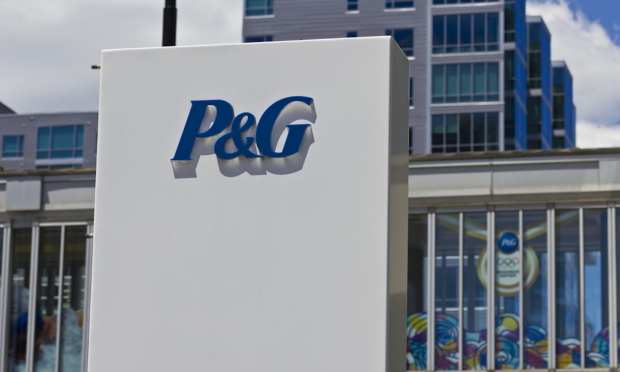P&G Invests in Digital as Consumers Shift CPG Spending Online

As consumers shift from supermarkets to eCommerce channels, Procter & Gamble is driving digital sales.
The consumer packaged goods (CPG) giant shared on a call with analysts Friday (April 21) discussing its third-quarter 2023 financial results that it is turning its focus toward promoting its products on eCommerce channels, seeing a better return on investment than when it prioritized brick-and-mortar more.
“As ad spending becomes more efficient, with our ability to [bring] in-house both scheduling and buying of media, more digital capability to be more targeted,” Chief Financial Officer Andre Schulten said. “That increases the ROI of every dollar we can spend.”
With this strategy, the CPG firm, parent company of a range of popular brands including Tide, Oral-B, Pantene and many more, is taking advantage of consumers’ shift to increasingly purchasing center-aisle products via eCommerce channels rather than in physical stores.
Research from PYMNTS’ new study “Changes in Grocery Shopping Habits and Perception,” which drew from a December survey of more than 2,400 U.S. consumers, found that 45% shop for groceries online at least some of the time, and that share goes up for CPG categories.
For instance, two-thirds of consumers buy cleaning supplies online more than half the time, and a similar share said the same for paper products as well as personal and healthcare products.
This shift comes as eCommerce options outprice traditional retailers while providing the convenience of bringing the items to consumers’ doors. Amazon, for instance, has gained significant share of center-aisle purchases due to the wide selection it offers and the savings it provides through programs such as Subscribe & Save.
Indeed, research from the November edition of the Subscription Commerce Conversion Index study, “The Subscription Commerce Conversion Index: Subscribers Seek Affordability and Convenience,” a PYMNTS and sticky.io collaboration, found that 42% of consumers with product subscriptions participate in the program.
“Amazon has built a somewhat unusual, but significant, grocery business over nearly 20 years,” Amazon President and CEO Andy Jassy wrote in a letter to shareholders accompanying the eCommerce giant’s annual report. “Similar to how other mass merchants entered the grocery space in the 1980s, we began by adding products typically found in supermarket aisles that don’t require temperature control, such as paper products, canned and boxed food, candy and snacks, pet care, health and personal care, and beauty.”
As Procter & Gamble drives eCommerce sales, the company continues to contend with the macroeconomic environment’s effect on consumers’ spending, with Schulten noting “historically high inflation impacting consumer budgets.”
In Europe, for instance, the company is facing significant pressure from retailers’ brands as shoppers seek less expensive alternatives.
“The European consumer is trading into private label,” Schulten said. “We see the price differential between private label and branded competitors increasing, as private label is delaying price increases. The consumer continues to be under pressure there. So that’s going to be a continued headwind, I think, from the volume side.”
Schulten may have highlighted this pressure specifically in Europe, but in the current inflationary environment, many U.S. consumers are making similar decisions. Research from PYMNTS’ study “Consumer Inflation Sentiment: Consumers Buckle Down on Belt-Tightening,” which drew from a survey of more than 2,600 consumers in September, revealed that 37% of grocery shoppers reported purchasing lower-quality products to reduce their expenses in the face of rising prices.
For all PYMNTS retail coverage, subscribe to the daily Retail Newsletter.

